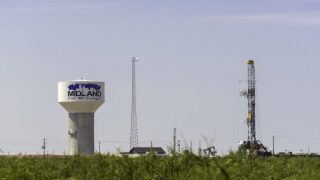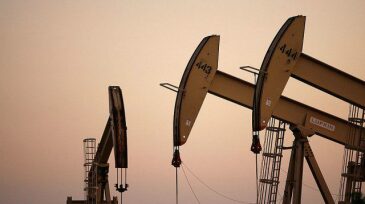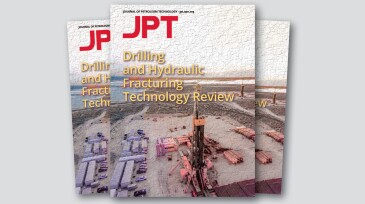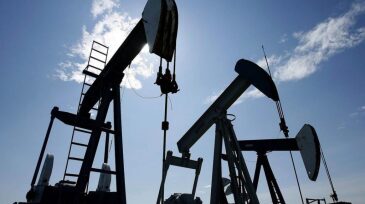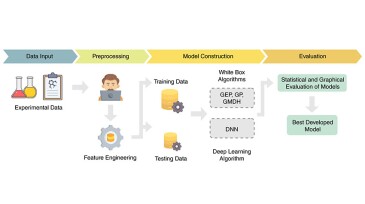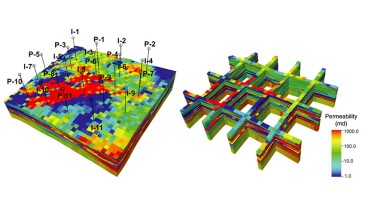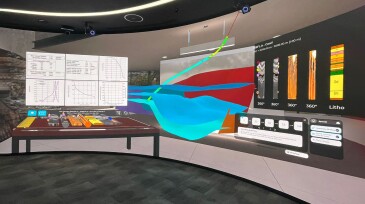Reservoir
Three case studies consider the gas-related reasons electrical submersible pumps fail in unconventional shale environments.
The Texas Railroad Commission has tightened its guidelines on the permitting of disposal wells in the Permian Basin.
The company’s new Retina imaging system creates high-resolution borehole images at the drill bit.
-
Technical papers reviewed for this feature are laden with novel technology borne of the quest to understand and solve complex geological structures and features that ultimately will improve our collective effort toward fostering efficient energy production. The three papers presented here are focused on innovative approaches to handling such complexities.
-
A Shell partnership with YPF marks a significant milestone for the Argentina LNG export facility, raising new questions about the nation’s potential to unlock the economic power of its vast shale reserves.
-
Diversified Energy announces its largest deal yet to buy private equity-owned Maverick Natural Resources.
-
A numerical simulation study based on experimental data of 2D and 3D models is presented to examine immiscible fingering during field-scale polymer-enhanced oil recovery.
-
This selection of cutting-edge articles spotlights how experimental concepts are now driving cost-saving strategies in unconventional development. It’s a reminder that innovation often comes from creative thinking, not just new tools or tech partnerships.
-
Rystad Energy and Wood Mackenzie highlight key factors shaping the balancing act in the upstream oil market.
-
The objective of this study is to develop an explainable data-driven method using five different methods to create a model using a multidimensional data set with more than 700 rows of data for predicting minimum miscibility pressure.
-
The authors present an open-source framework for the development and evaluation of machine-learning-assisted data-driven models of CO₂ enhanced oil recovery processes to predict oil production and CO₂ retention.
-
The authors of this paper propose hybrid models, combining machine learning and a physics-based approach, for rapid production forecasting and reservoir-connectivity characterization using routine injection or production and pressure data.
-
Virtual reality and related visualization technologies are helping reshape how the industry views 3D data, makes decisions, and trains personnel.


